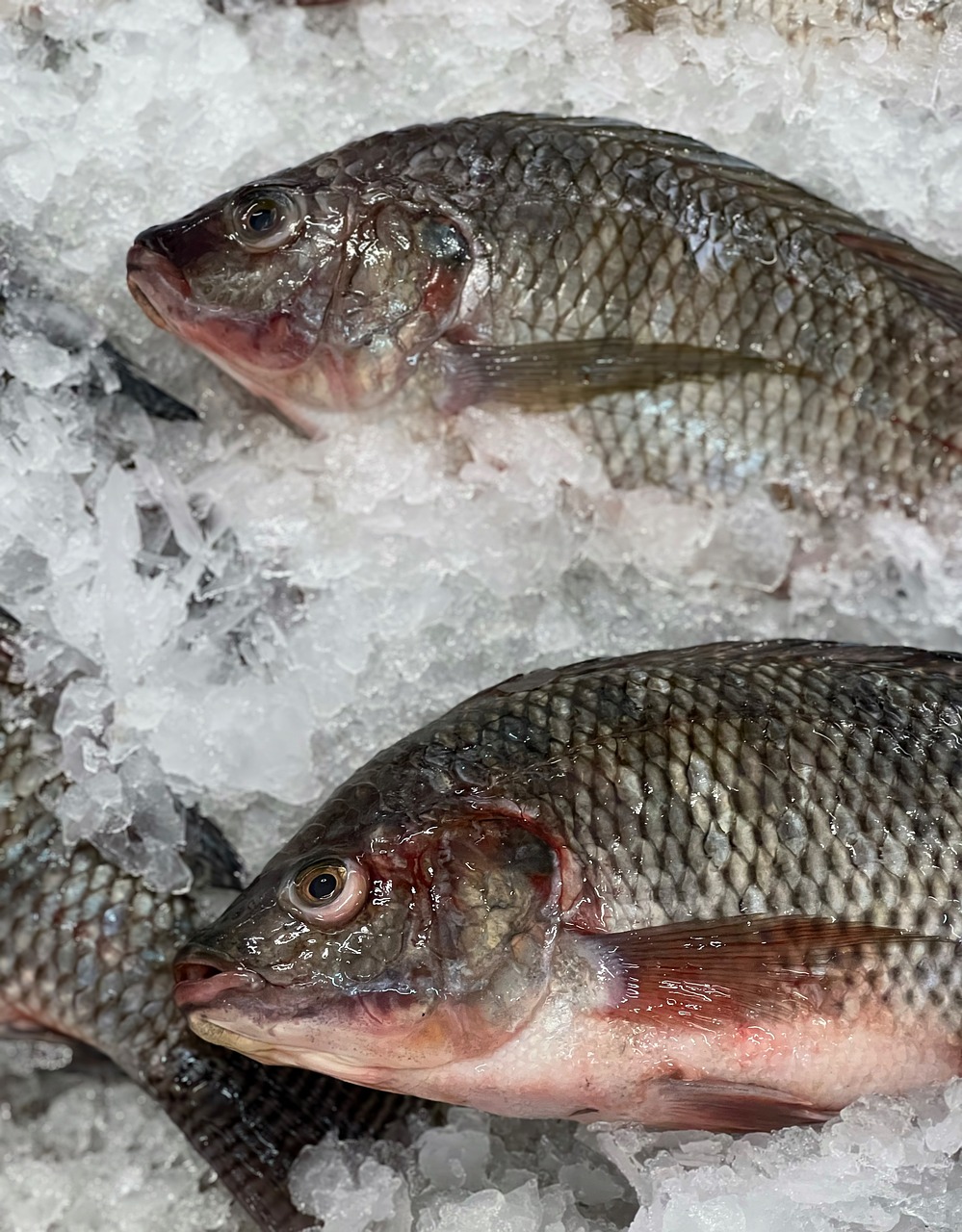In the United States, a woman ate undercooked fish and was infected with bacteria, causing shock.
According to recent reports by KRON4, a local broadcaster in San Francisco Bay, California, a 40-year-old woman living in San Jose, California, was diagnosed with vibrio sepsis because she was sick after eating tilapia (reverse dome) fish purchased at a market in late July.

Since then, he has shown symptoms such as turning his fingers and feet black, and has been hospitalized for more than a month. Eventually, his life became critical and he reportedly underwent surgery to amputate both arms and legs on the 14th. Laura is a mother with a six-year-old son.
His friend Anna Messina told the donation community "GoFundMe" about the story, saying, "I can't afford the increasing hospital bills," adding, "Laura almost died. It's a scary thing that can happen to all of us," he said.
Vibrio sepsis. How deadly is it
Vibrio sepsis, which led this ordinary woman to a tragic story, is more deadly than expected. As in the story, you can get caught eating uncooked fish and shellfish and sometimes die within one to two days after the outbreak. Vibrio sepsis is an acute sepsis caused by infection with Vibrio vulnificus, a bacterium that lives in the sea.
In particular, immunocompromised people suffering from chronic diseases such as chronic liver disease can be infected when they eat raw oysters, fish and shellfish contaminated with Vibrio vulnificus. It can also be caused by the contamination of the sea water. Dr. Natasha Spotiswood, a CSF infectious disease expert, said, "If you eat food contaminated with this bacteria or if your wound or tattoo is exposed to bacterial water, you are more likely to be infected."
Vibrio sepsis goes through an incubation period of about 20 to 48 hours or 72 hours if late. After that, symptoms such as acute fever, chills, vomiting, abdominal pain, and diarrhea appear, and skin lesions such as swelling and red spots may occur in the wound. Skin lesions mainly start in the lower extremities, and the shape gradually forms a hemorrhagic blister, then gradually increases in range and progresses to necrotizing lesions. In severe cases, special care should be taken in situations in which the limbs need to be amputated like Laura.
Vibrio sepsis begins to develop from May to June when seawater temperatures rise by more than 18 degrees Celsius. After that, patients come out intensively from August to September. According to the U.S. Centers for Disease Control and Prevention (CDC), about 150 to 200 cases of infection have appeared in the U.S. every year, and one in five infected people is reported to die.
The fish tilapia (reverse sea bream), which Laura ate undercooked with a tragic story, is a fish with a flat body and a dark band pattern on a green background, and is the most farmed fish in Asia.
What kind of fish is tilapia?
Laura's undercooked fish tilapia (reverse sea bream) is the most farmed freshwater fish in Asia, with a flat body and a dark banded fish on a green background. It is a safe and delicious fish if cooked properly, and is widely eaten as an oven roast along with vegetables in the United States. According to the U.S. Food and Drug Administration (FDA), tilapia is relatively low in mercury and is considered the best fish to provide nutrients such as vitamin B12 and protein.

Vibrio sepsis bacteria are known to have a wide variety of genetic backgrounds. Tilapia is a freshwater fish, but if grown in water separated from marine waters, vibrio bulnipicus bacteria may exist. With this incident, experts point out that as the fish is common, it may be infected with some bacteria, so it is necessary to take care such as having to cook it.
To prevent vibrio sepsis, people with reduced immunity or poor liver should avoid eating raw fish and shellfish. It is important for people with wounds to their hands or feet not to come into contact with seawater as much as possible. Even if a wound occurs, wash and disinfect the wound with clean water as soon as possible. Don't forget to store fish and shellfish at a low temperature of less than 5 degrees Celsius and heat them at 60 to 85 degrees Celsius and eat them after cooking them sufficiently.



You must be logged in to post a comment.